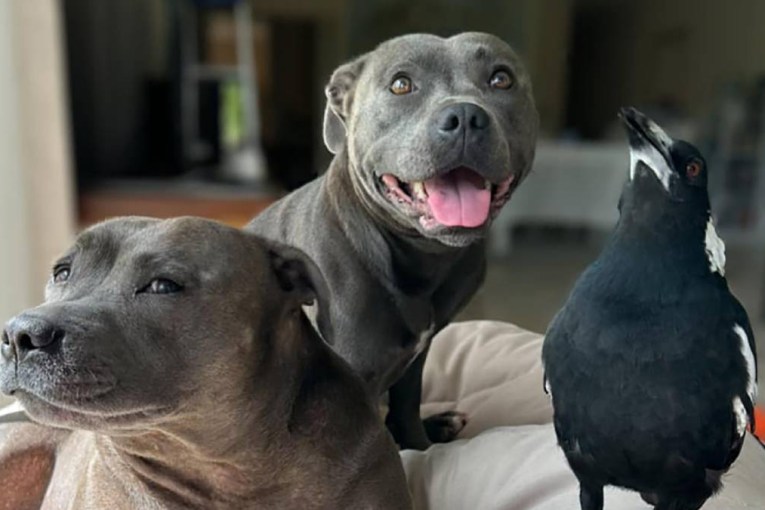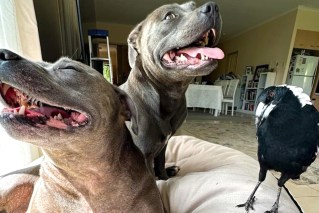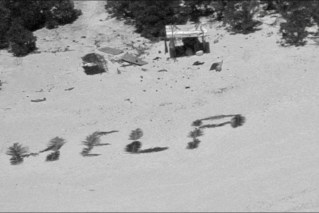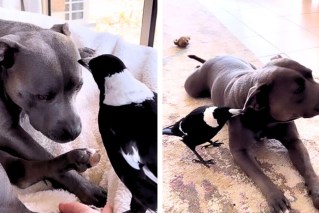Philae lander found: Rosetta spots its tiny robot lab on comet
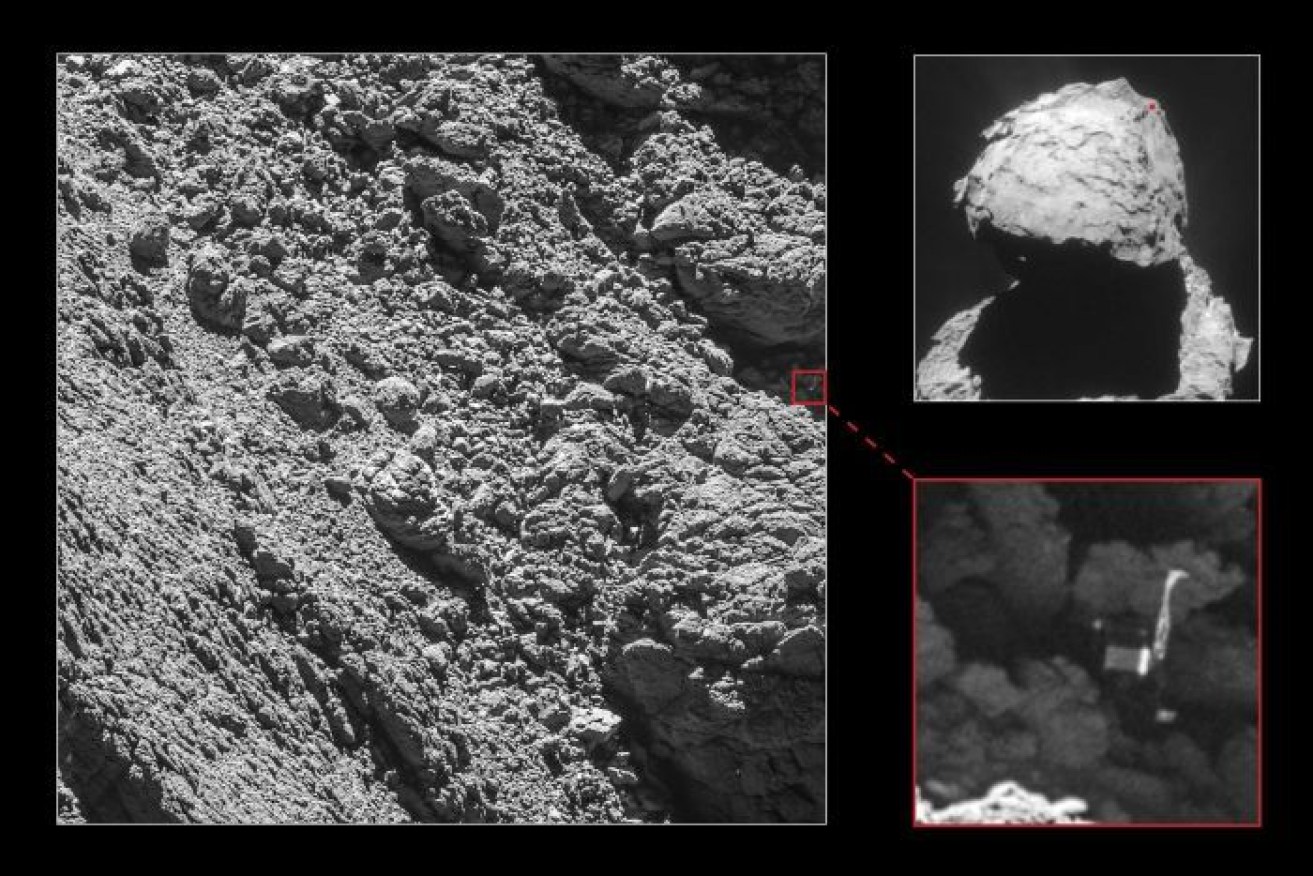
Europe's Rosetta spacecraft has found its tiny lander Philae. Photo: supplied/ESA
Europe’s Rosetta spacecraft has finally spotted its tiny lander Philae, thought to be lost forever, stuck in a ditch on the surface of a comet hurtling through space, ground controllers say.
“THE SEARCH IS OVER! I’ve found @Philae2014!!” the European Space Agency (ESA) tweeted on behalf of Rosetta, orbiting comet 67P/Churyumov-Gerasimenko at some 682 million kilometres from Earth.
So happy to have seen @Philae2014 again before my mission ends later this month…more about my #CometLanding soon! pic.twitter.com/ErB0ROrgP6
— ESA Rosetta Mission (@ESA_Rosetta) September 5, 2016
The agency released a photo of the washing machine-sized robot lab on the comet’s rough surface, one of its three legs thrust dramatically into the air.
This was the first sighting of Philae since its rough landing in November 2014.
The image was captured by Rosetta’s OSIRIS narrow-angle camera on Friday and downloaded two days later — just weeks before the official end of the ground-breaking science mission to unravel the mysteries of life on Earth.
“With only a month left of the Rosetta mission, we are so happy to have finally imaged Philae and to see it in such amazing detail,” Cecilia Tubiana of the OSIRIS camera team, the first person to see the images, said in a statement.
The 100-kilogram probe touched down on comet 67P in November 2014, after a 10-year, 6.5 billion kilometre journey piggybacking on Rosetta.
I was so close to #67P, I could even make out @Philae2014's legs and instruments! https://t.co/xBcHlOuE5b pic.twitter.com/valSCdwtZ9
— ESA Rosetta Mission (@ESA_Rosetta) September 5, 2016
Philae bounced several times after its harpoons failed to fire, and ended up in a ditch shadowed from the Sun’s battery-replenishing rays.
Until now, nobody knew exactly where.
“This wonderful news means that we now have the missing ‘ground-truth’ information needed to put Philae’s three days of science into proper context, now that we know where that ground actually is,” said Rosetta project scientist Matt Taylor.
‘Captured … at the final hour’
The tiny lab managed to conduct 60 hours of experiments and send home data before running out of power and entering standby mode on November 15, 2014.
“We were beginning to think that Philae would remain lost forever. It is incredible that we have captured this at the final hour,” said Rosetta mission manager Patrick Martin.
The photo was taken at a distance of 2.7 kilometres from the surface of the comet, which is speeding away from the Sun at nearly 15 kilometres per second.
Rosetta is drawing closer to the comet for its own swansong.
On September 30, Rosetta will crash-land and join Philae on the surface — their eternal resting place.
After it touches down, communications with the craft will be severed once and for all, closing the historic mission.
The $1.9 billion project was conceived to unravel the secrets of comets — believed to be time capsules from the birth of the Solar System.
‘A long, painstaking search’

The Philae lander is deployed on comet 67P/Churyumov–Gerasimenko. Photo: Supplied: ESA/Rosetta/Navcam
The ESA detailed how it managed to narrow down Philae’s precise location.
After its crash landing in 2014 and powering down, Philae briefly woke up in June and July of 2015 as the comet came closer to the sun, and more power became available.
That gave observers a rough idea of where Philae came to rest.
Radio ranging data narrowed the search to an area spanning a few tens of metres before low resolution images identified a number of potential candidates.
Using all the evidence, the ESA narrowed the list of candidates down to one.
Once the Rosetta spacecraft was close enough to the comet, its OSIRIS camera was able to take a clear enough photo to make out characteristics of Philae and confirm the sighting.
“This remarkable discovery comes at the end of a long, painstaking search,” Mr Martin said.
-with agencies
